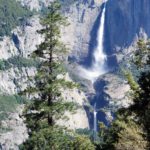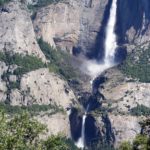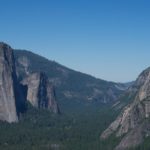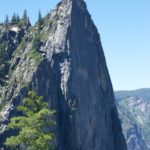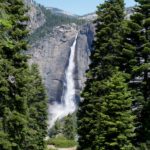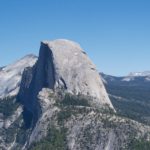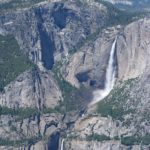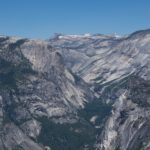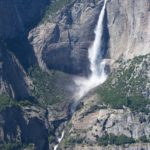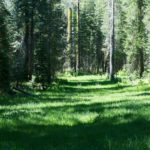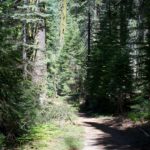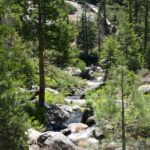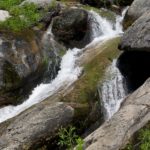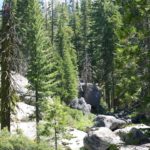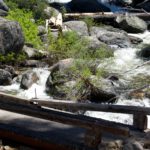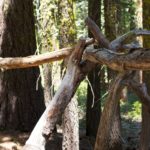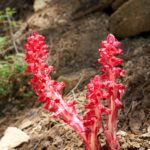So, who has an awesome topical landing page for me to catch up on #notw shenanigans? Or are those still part of the “future?”
Month: July 2011
The Hit List interface
I’ve had a license for The Hit List from back when it was in beta. It’s been a long time coming but it’s now at 1.0 with a companion iPhone app so I thought I’d give it another shot. There’s some small interface touches that make it a real joy to use.
 The filing system for tasks in your inbox is outstanding. With a task selected pressing just “f” brings up the above. Start typing the name of a list and sidebar highlights those with matching letters. Pressing up and down moves between lists to file the task under.
The filing system for tasks in your inbox is outstanding. With a task selected pressing just “f” brings up the above. Start typing the name of a list and sidebar highlights those with matching letters. Pressing up and down moves between lists to file the task under.
 If you sort a list by date you get these great little dividers throughout the list. Slick way to indicate time as well as break up a longer list.
If you sort a list by date you get these great little dividers throughout the list. Slick way to indicate time as well as break up a longer list.
The best part of the user interface is how blazing fast and unobtrusive the sync is. It doesn’t block task input, finishes in a few seconds, and in my testing is absolutely reliable. Pretty great app that’s well worth the wait.
Beyond the “smart city.” The future of city-living is going to so damn cool. (via Matt Pearson)
Marginalia on Post-Artifact Books and Publishing
Author’s note: A quote or a few sentences about a piece make up many of my posts here. This time I’m trying something new. Consider it an experiment in turning my blog into a type of digital marginalia. I’d love to hear what you think about it.
A rainy Sunday in Portland seemed like a good time to sit down and read Craig Mod’s essay Post-Artifact Books and Publishing. In a word it’s brilliance. Craig nails it. It’s such a thought-provoking piece that I wanted to make some notes. All quotes come from the essay unless otherwise noted.1
Natively digital
Take a set of encyclopedias and ask, “How do I make this digital?” You get a Microsoft Encarta CD. Take the philosophy of encyclopedia-making and ask, “How does digital change our engagement with this?” You get Wikipedia.
Great observation. Like much of the essay the driving point is that digital becomes powerful when it is not shoehorned into analog conceptions of artifacts. A book is a book (or a newspaper a newspaper) because that was what the technology used to best allow for. With new technology we will redefine our artifacts of information.
This quote also made me think of what we call “online learning” today. For the most part I think we’ve taken our idea of instruction in college and high school and placed that into online tools. What we’re missing is the form of instruction that stems from asking, “How does digital change what we can do with information, instruction, and learning?”
Publishing for all
We cannot know how much magnificent culture went unpublished by the white men in tweed jackets who ran publishing for the past century but just because they did publish some great books doesn’t mean they didn’t ignore a great many more … So we’re restoring the, we think, the natural balance of things the ecosystem of writing and reading.
That bit’s from Richard Nash of Red Lemonade. The more voices we have the better.
Reminds me of something Fred Wilson has written about multiple times: everyone deserves a printing press. He writes that:
If I look back at my core investment thesis over the past five years, it is this single idea, that everyone has a voice on the Internet, that is central to it.
The more pieces of information we can have publicly available in the world the better.
Shared experience
But — and here’s the real magic — it’s a shared telepathy. A telepathy from one to many, and in that, the many have experiential overlap. Printed matter binds this experience to pulp. With digital, there is the promise of networking that shared experience.
That’s a really cool point. It brings to mind the video IDEO produced on the future of the book. When a text can connect us to others in a shared experience that leads to really powerful possibilities.
This is similar to something Whitman tried to do with it’s Freshman year CORE class. The goal was to create a shared background of foundation texts that could serve as a common frame of reference for the 4 year experience. A problem in that, and in other experiential overlaps that are dependent upon printed texts, is that it requires a common place and time. Digital blows that wide open. Our networking allows us to share that telepathy in real-time or asynchronously from wherever we are.
- A note on this: writing up notes on something as complex as this essay has made me once again wish that emphasis was by default on the web. Since it’s not command + F is your friend to find these quotes.
http://video.ted.com/assets/player/swf/EmbedPlayer.swf
Tim Harford: Trial, error and the God complex. Great TED talk about the power of trial and error. The bit about schools and politicians toward the end is right on.
I’ve been jonesing to go to a baseball game…
Many of my friends misjudge it, thinking sport needs to be swift like a basketball game, or intense and concentrated like a football game. But baseball is more of an experience to have than a spectacle to see. It’s called a park for a reason: it’s a place of leisure, (hell, stretching is built into the format), and an opportunity to just be present.
Frank Chimero – I’ve been jonesing to go to a baseball game…
Reading isn’t just viewing content in reverse chronological order
Reading isn’t just viewing content in reverse chronological order.
Daniel Bachhuber – Status.
The Software is Wrong, Not the People. Good observations about the approach the WordPress community takes toward building software. Listening to users and understanding the validity of their frustrations helps foster a passionate community.
Hiking through Yosemite
I took a long weekend and headed home for a few days. The snowpack this winter was one of the best in the last decade or so which means the waterfalls in Yosemite are tremendous.
Saturday was filled with the 4 Mile Trail (the name’s a lie, really 4.7 miles each way). It’s an awesome trail with great views of the valley, Yosemite Falls, and a wonderful panorama from Glacier Point. It’s also 3,200 feet of elevation gain.
Monday I headed up to the high country and did a much shorter 5+ mile hike out Tamarack Creek. Pretty easy compared to Saturday but it ended with some great cascades. It was also great because over 5 miles we saw only a half dozen people, something that’s really rare for Yosemite in July.
Status
Minor feature request for Rdio: I want to be able to add albums to my queue through the mobile app.
I find lots of stuff while on the go that I don’t want to add to my collection but also don’t want to forget.
